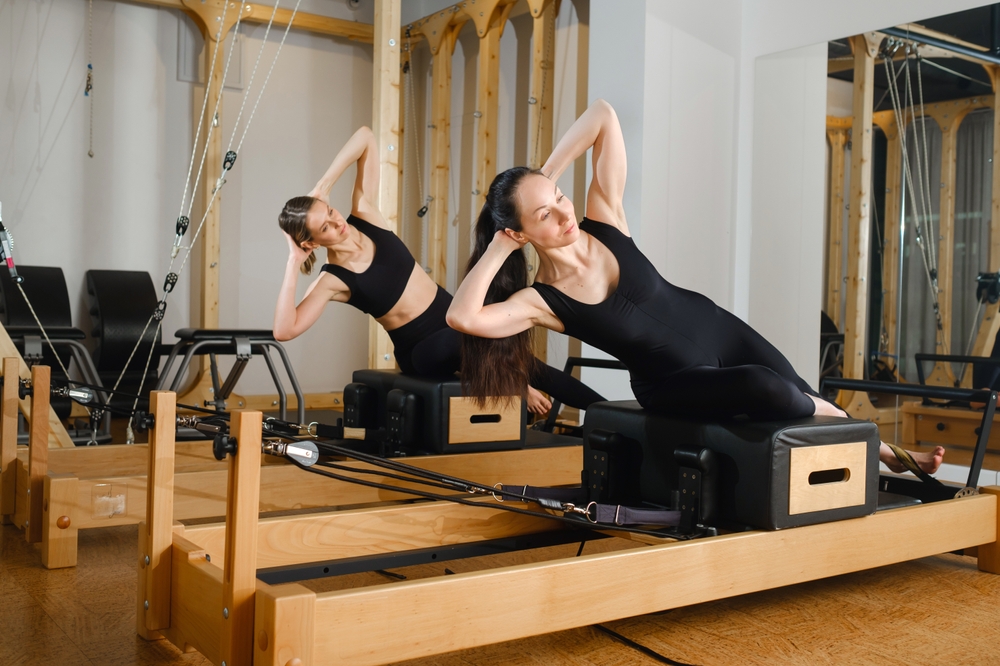Quick routines for strengthening muscles and supporting the skin barrier
Small, consistent routines can improve muscle strength and help maintain the skin barrier when they combine movement, hydration, and targeted skincare. Short daily sessions focusing on mobility, posture, and gradual resistance support both function and skin health, while nutrition and recovery speed results.

This article is for informational purposes only and should not be considered medical advice. Please consult a qualified healthcare professional for personalized guidance and treatment.
How does movement build strength?
Movement that targets major muscle groups with controlled effort stimulates strength gains without long workouts. Brief sets of bodyweight exercises—squats, lunges, push-ups, and rows—performed two to four times per week increase muscle recruitment and endurance. Aim for progressive overload by adding repetitions, slowing tempo, or introducing resistance bands. Combining short strength-focused sessions with mobility work reduces injury risk and helps maintain consistent adherence to a routine that supports long-term strength and functional performance.
How can skincare and hydration support the skin?
A resilient skin barrier depends on surface care and internal hydration. Gentle cleansing, regular use of a barrier-supporting moisturizer, and sun protection protect lipids and proteins at the skin surface. Drinking adequate fluids and emphasizing foods with water-rich content—such as fruits and vegetables—supports skin hydration from within. Avoid over-exfoliation and harsh detergents that strip oils; instead choose mild formulations that preserve barrier lipids while allowing skin to retain moisture and recover after exercise or environmental stress.
How do mobility, posture, and flexibility connect?
Mobility and flexibility are distinct but complementary: mobility refers to usable joint range under control, while flexibility focuses on muscle length. Improving both supports posture, which in turn helps muscles function efficiently and reduces compensatory strain. Daily short mobility drills—cat-cow, thoracic rotations, hip openers—combined with posture checks (neutral spine, shoulder alignment) help maintain movement quality. Better posture reduces localized pressure on skin in areas prone to friction, supporting comfort and overall tissue health.
What short routines boost muscle strength?
Micro-routines of 10–20 minutes can be effective: a circuit of compound moves (squats, hinge, push pattern, and anti-rotation core) performed for three rounds provides strength stimulus and movement variety. Include slow negatives and isometric holds to increase time under tension without heavy loads. Pilates-style exercises can complement these circuits by emphasizing core control and alignment, improving both strength and motor control. Consistency—daily or alternate-day practice—matters more than long single sessions when time is limited.
How do nutrition and recovery aid muscles and skin?
Protein supports muscle repair and synthesis; aim to distribute protein across meals to support recovery after brief strength sessions. Essential fats, including omega-3s, support skin lipid structure, and antioxidants from colorful produce help counter oxidative stress. Prioritize sleep and active recovery (light mobility, walking) to promote tissue repair and maintain skin turnover. Hydration supports both muscle performance and the skin’s capacity to retain moisture, so regular fluid intake complements topical skincare and exercise routines.
How does mindfulness and pilates improve results?
Mindfulness practices enhance body awareness, which improves movement quality and reduces compensatory patterns that can impede strength gains. Pilates emphasizes breath, core activation, and controlled movement, which translates to better posture and muscular coordination. Brief mindfulness sessions before or after exercise reduce stress hormones that can affect skin health and recovery. Integrating short pilates flows or breathing exercises with strength micro-routines supports a holistic approach to improved function and barrier resilience.
Conclusion Quick, focused routines that blend strength-focused movement, mobility, and attentive skincare can support both muscular function and the integrity of the skin barrier. Consistent hydration, balanced nutrition, mindful recovery, and posture-focused practices like pilates help maintain progress and reduce injury or skin irritation. Small daily investments in movement quality and barrier care create compounding benefits over time.





